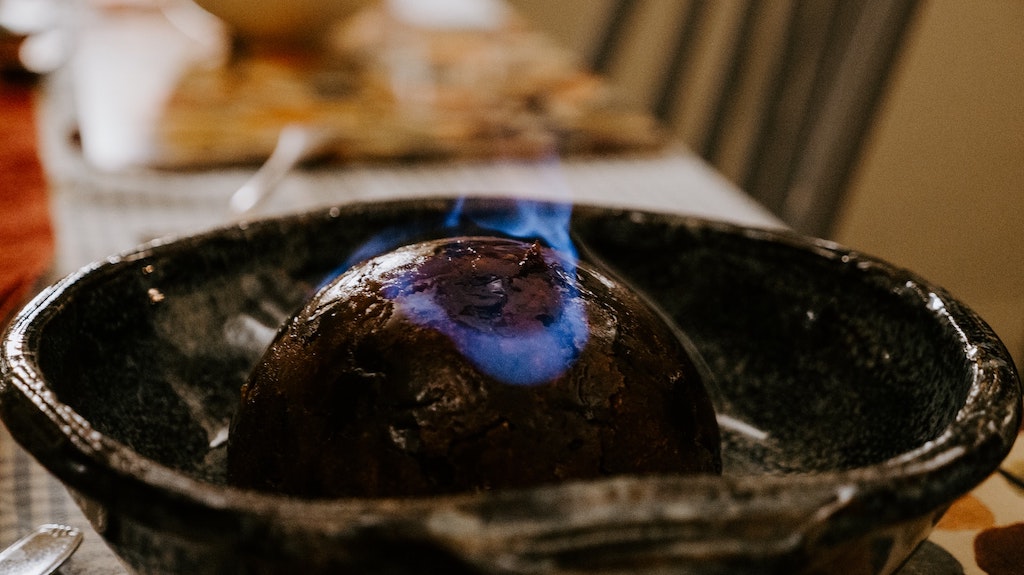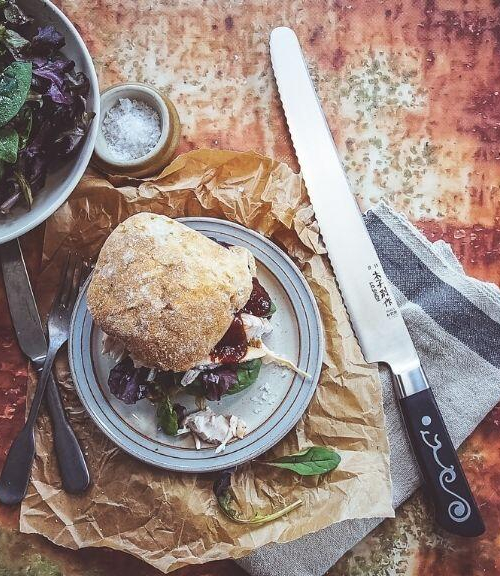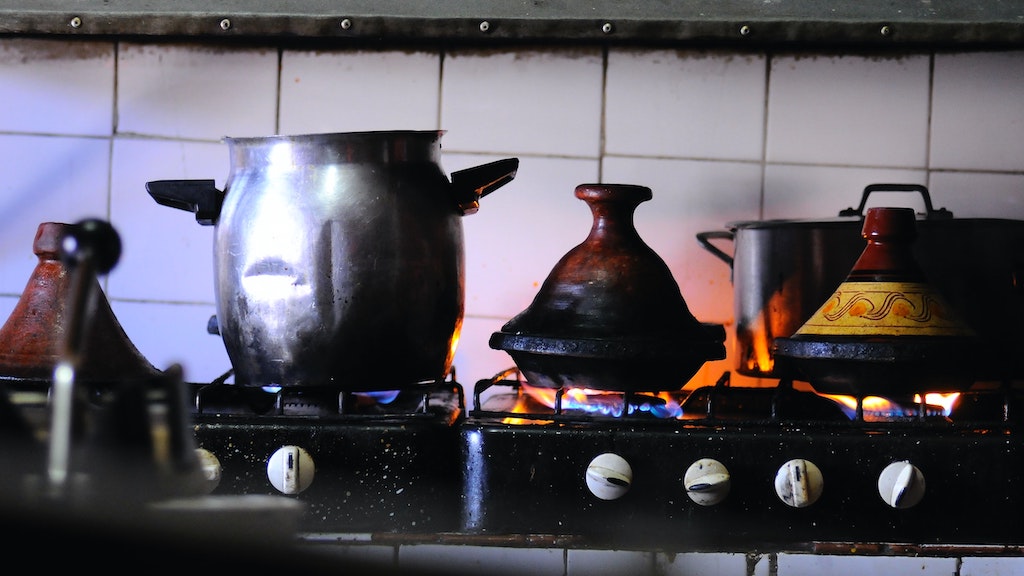Now that we’re into December there’s no avoiding it – Christmas is just around the corner. And on that basis, namely that we have an excuse to talk about all things Christmas that we just can’t get away with at other times of the year, we’re going to take full advantage of it.
And, considering the topic of this short article, now’s the time to be writing this, since this is about the time you should be starting to prepare your Christmas pudding if you want to do it all yourself the traditional way and have it ready in time for 25th December.
In fact you may have left it a little late, even now. According to a tradition established in Victorian times (apparently Queen Victoria’s husband Prince Albert had something to do with it), Christmas puddings need to be started on the Sunday before Advent – called ‘Stir-up Sunday’, in order to be ready for Christmas Day. Not only that, but every member of the family in question* was meant to stir the pudding – East to West – while making a wish.
The start date for 2022 on this basis was 20th November, but we reckon you might still get away with it if you start now. Which begs the question whether all of those Christmas puddings you can buy at the supermarket were all started on that day…
Even though the traditional Christmas pudding is a very Anglo-Saxon thing, it undoubtedly benefited from the expansion of the British Empire, which took it all around the world. But, even though the Victorians made it a symbol of British Empire, the roots of the Christmas pudding go much further back.
Originally referred to as a ‘plum pudding’ there is some evidence that these were around in Medieval times, even though the first official mention is in a cookbook written in 1714 where it is one of the three hundred recipes put together by a lady called Mary Kettilby, alongside one – the first recorded – recipe for making orange marmalade.
Much like the Scottish haggis, early versions of Christmas puddings often contained some meat and were stuffed into the gut or stomach of an animal before cloth bags became standard.
It’s also interesting to note that these types of puddings, now referred to as Christmas puddings, were in fact eaten right through the year, not as a standard dessert but for feasts, presumably due to the whole process of making them being so long winded and maybe also due to the huge number of expensive ingredients (not forgetting the large quantities of alcohol) that were needed.
It was around the 1830s that the pudding started to be reserved for Christmas celebrations and got its official name and some sort of agreement about what went into one. Today the ingredient list hasn’t changed a lot, with flour, dried fruit, suet, sugar and spices the main ones, with of course a sprig of holly on top. The alcohol content these days is also much reduced.
One recipe from America in 1742 called for ‘a pint of brandy and twelve eggs’ which might cause some problems today. One alcoholic tradition that is still observed is the ‘flaming’ of the pudding.
There is an art and a science to this as you have to get the tablespoon of brandy warm before you light it and pour it over the pudding, and some people believe it’s a good idea to pour a little brandy on the pudding first. As long as you don’t soak the pudding in brandy, most of the brandy that is lit evaporates so it shouldn’t unduly affect the alcohol content of your dessert!
According to a recent academic article out of the UK (see below), contrary to what you might think about a very rich pudding, traditional Christmas puddings are quite healthy. As long as you stick more or less to the standard ingredients, referred to in this article as the following 13 things…
- Raisins
- Currants
- Suet
- Brown sugar
- Breadcrumbs
- Citron
- Lemon peel
- Orange peel
- Flour
- Mixed spices
- Eggs
- Milk
- Brandy
…you’ll be consuming plenty of antioxidants, fibre, vitamins and minerals, as well as potassium and iron, plus the dried fruits which, although they contain lots of sugar, have a lower glycaemic index value so are not as bad as other sweet things you could choose.
So… enjoy!
*technically everyone in the household so that meant all the servants too – think Upstairs Downstairs
More Information
https://theconversation.com/a-brief-history-of-christmas-pudding-and-why-it-can-actually-be-quite-good-for-you-151160
https://en.wikipedia.org/wiki/Christmas_pudding
Photo by Matt Seymour on Unsplash







